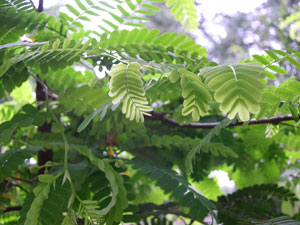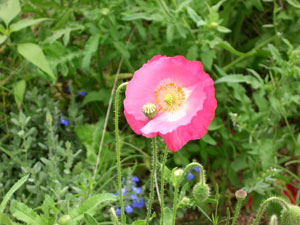

Autumn cassia (Cassia corymbosa), also called flowery senna, attracts many birds, bees and butterflies. It is tolerant to drought, and requires neutral soil. The seed pods burst open upon drying and can disperse the seed as far as 20 feet away, so don’t stand too close during hot weather.

Smooth agave (Agave desmettiana), also known as dwarf century plant, grows in full sun and is drought tolerant. It grows slowly and blooms only when mature. A tall stem or ‘mast’ grows from the center of the rosette and produces a large number of short tubular flowers. After producing a fruit the plant dies down, but suckers or ‘pups’ frequently grow from the base of the stem.

Butterfly bush (Buddleia davidii) is a staple food in both the hummingbird and butterfly community, both of which pollinate the plant. Butterfly bush is fairly tolerant of drought and often retains its foliage in winter. It is available in a wide range of flower colors.

Lion’s tail (Leonotis leonurus), also called lion’s ear or wild dagga, is native to South Africa and is a member of the mint family. Lion’s tail is a hearty shrub that can grow to 6-10 feet tall and prefers full sun.

Corn poppies (Papaver rhoeas), also known as field poppies, are often found growing along roadsides, train tracks and other waste places. Once established, poppies are self-sowing, and spread rapidly in the right environment. The flowers and seeds are astringent and have sedative properties.

Strawberry guava (Psidium cattleianum) is native to Brazil. It is a close relative of the tropical guava (Psidium guajava); but is more suited to temperate climates than tropical guava. The plant can be kept to a manageable size easily, has smooth, glossy-green leaves and small white flowers. The small fruit matures in mid-summer and is edible, tasting somewhere between tropical guava and strawberry. Guava can be eaten raw, juiced, or made into a jelly.

|